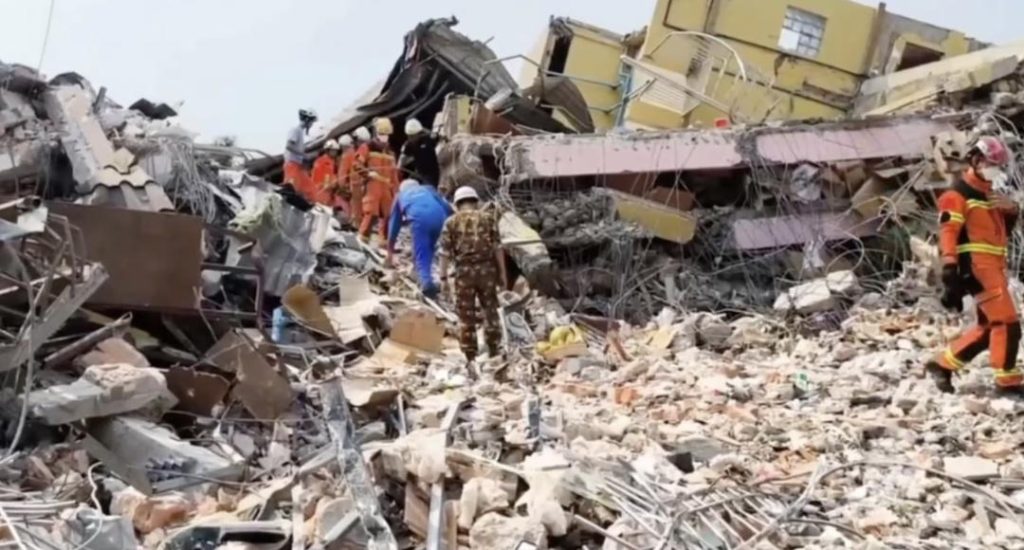
How Long Can Trapped Victims Survive After an Earthquake?
Earthquakes are one of the most devastating natural disasters that can strike at any moment, leaving a trail of destruction and chaos in their wake. The immediate aftermath of an earthquake is often a critical period, with trapped victims fighting for their lives as rescue teams scramble to reach them. But just how long can trapped victims survive after an earthquake?
According to experts, earthquake victims can survive for a week or more if their injuries aren’t too severe and weather conditions are not too extreme. However, most rescues occur within the 24 hours after a disaster, with chances of survival decreasing with each day after that.
The reason for this is that most victims get severely injured or buried by falling stones or other debris. In many cases, victims are pinned under collapsed buildings, concrete slabs, or other heavy objects, making it difficult for them to free themselves. In some cases, the weight of the debris can crush the victim’s chest, making it impossible for them to breathe.
In the immediate aftermath of an earthquake, rescue teams face a daunting task. They must navigate through rubble and debris to locate survivors, often using specialized equipment and trained dogs to detect signs of life. The first 24 hours are crucial, as trapped victims are more likely to be found alive and in need of medical attention.
After the initial 24-hour window, the chances of finding survivors begin to dwindle. This is because victims who have been trapped for longer periods are more likely to have suffered from dehydration, hypothermia, or other life-threatening conditions.
Dr. Stephen A. Schwartz, a disaster medicine expert at the University of California, San Francisco, notes that “survival rates for trapped victims drop steeply after 24 hours. By 48 hours, the chances of survival are significantly lower, and by 72 hours, it becomes increasingly unlikely that survivors will be found.”
In addition to the physical challenges faced by trapped victims, there are also psychological factors to consider. Prolonged confinement in a small, dark space can lead to feelings of panic, anxiety, and despair. Victims may also experience hallucinations, disorientation, and other symptoms of psychological trauma.
Rescuers face their own set of challenges when attempting to locate and extract trapped victims. They must navigate through treacherous terrain, avoiding hazards such as fallen power lines, sharp debris, and toxic materials. In some cases, rescuers may also face extreme weather conditions, such as high winds, heavy rain, or intense heat.
Despite these challenges, rescue teams are trained to respond quickly and effectively to earthquakes. They use specialized equipment, such as ropes, pulleys, and hydraulic tools, to carefully extract victims from rubble and debris. In some cases, rescuers may also use specially trained dogs to detect signs of life and guide them to trapped victims.
In the aftermath of an earthquake, it’s essential for rescue teams to prioritize the most critically injured victims. These individuals may require immediate medical attention, such as surgery or critical care, to survive.
As rescue efforts continue, it’s also important for authorities to provide support to affected communities. This may include providing food, water, and shelter to displaced individuals, as well as offering counseling and other psychological support services.
In conclusion, while trapped victims can survive for a week or more after an earthquake, the chances of survival decrease significantly with each day after the initial 24-hour window. Rescue teams face a daunting task in locating and extracting survivors, but with the right training, equipment, and support, they can make a critical difference in the lives of those affected by this devastating natural disaster.
Source:
https://www.tribuneindia.com/news/world/after-an-earthquake-how-long-can-trapped-victims-survive/amp






